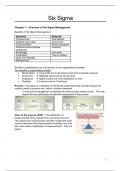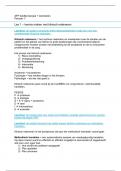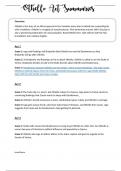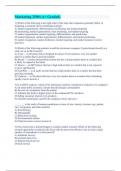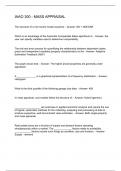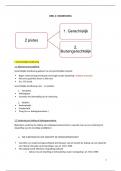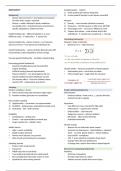College aantekeningen
College notes Six Sigma
- Vak
- Six Sigma (SX)
- Instelling
- Hogeschool Windesheim (HW)
Dit document is gemaakt tijdens de lessen van Six Sigma op het Windesheim voor de minor Process Optimization in het 3e en 4e jaar. Dit is in het engels aangezien het ook zo getoetst wordt.
[Meer zien]
